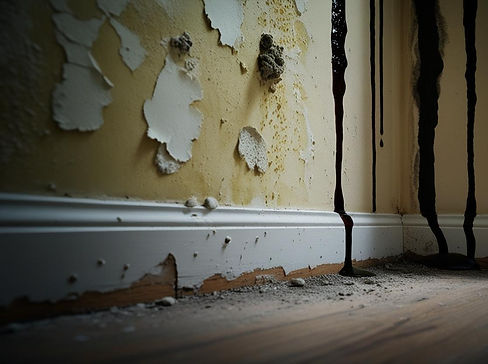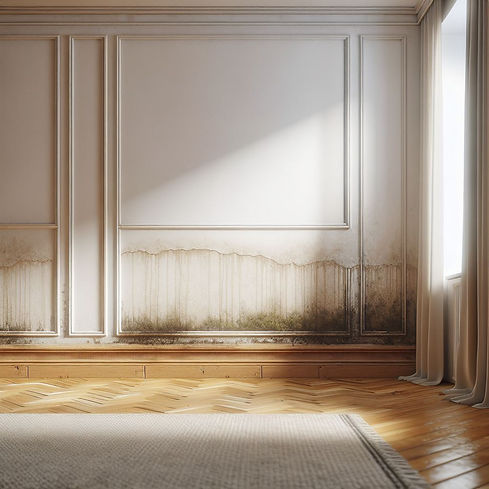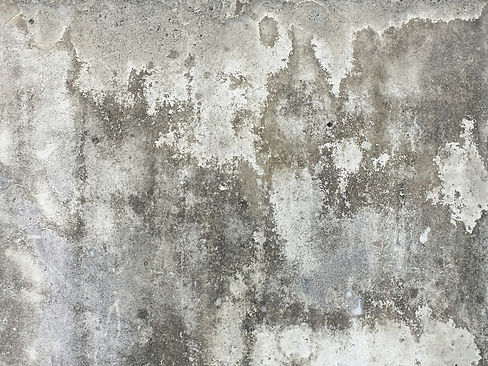DAMP & MOULD
Across the UK, damp walls are a frequent issue in many homes, especially in those owned by the Council or Housing Associations.
When filing a housing disrepair claim against your landlord for damp or mould caused by damp, it is crucial to identify the damp problem!

What type of damp can I claim against?
Rising Damp: This is usually caused by structural issues within the house.
Penetrating Damp: This occurs when water leaks through damaged roofing, cracked bricks or faulty window seals.
Condensation: This can build up from improper ventilation or faulty extractor fans.
If left untreated for weeks or months, damp can lead to mould growth, worsening the problem.
How do I know if my landlord is obligated to repair damp and mould?
Rising or penetrating damp is typically the easiest type of damp to claim for housing disrepair, as it is usually clear that the landlord is liable for repairs.
While you can claim for condensation damp, landlords might attempt to argue that it is not their obligation to fix it (IT IS). However, if the property has poor ventilation, the landlord must address this issue.


How much can I expect to receive in compensation for damp and mould problems?
If you have made every reasonable effort to keep your rented property well ventilated, yet problems with damp persist even after raising the issue with your landlord, you may be entitled to pursue a housing disrepair claim!
In many such cases, tenants receive compensation not only for the physical damage to their personal belongings but also for any adverse impact on their health. Compensation amounts can vary significantly for mental distress caused by ongoing issues.
